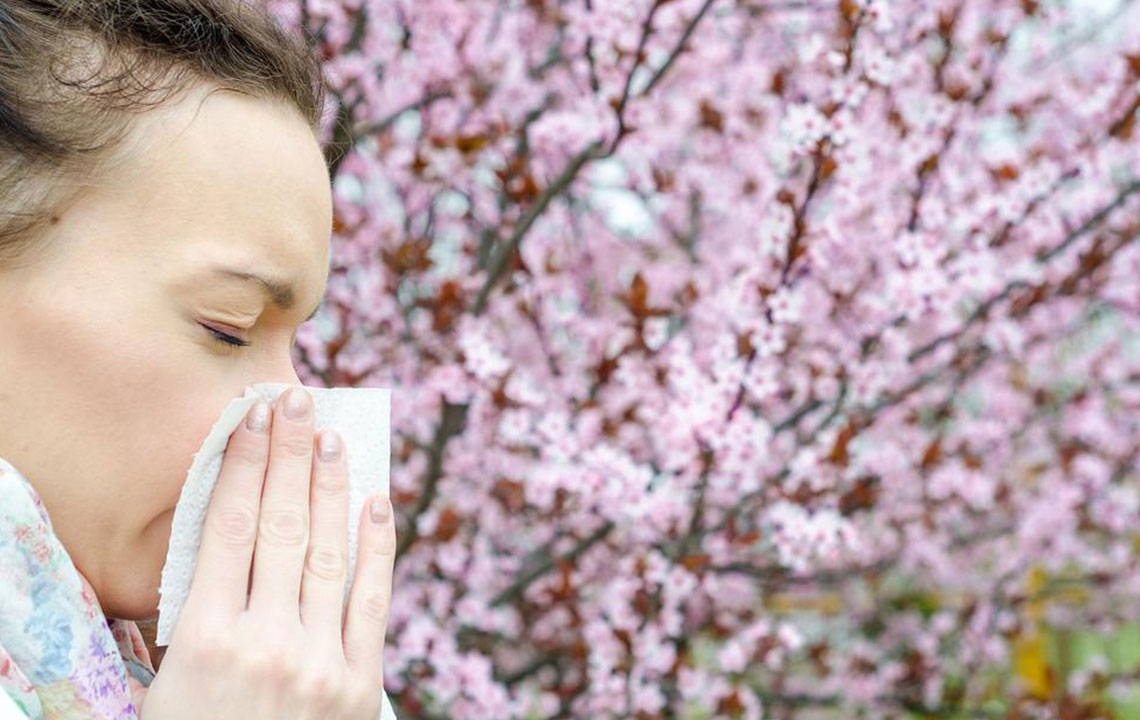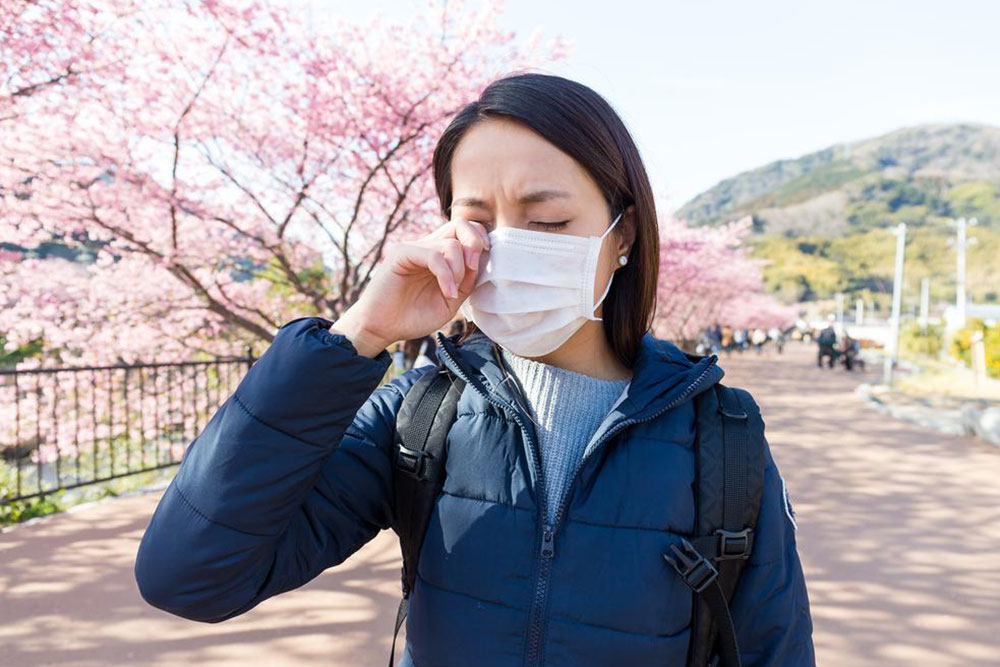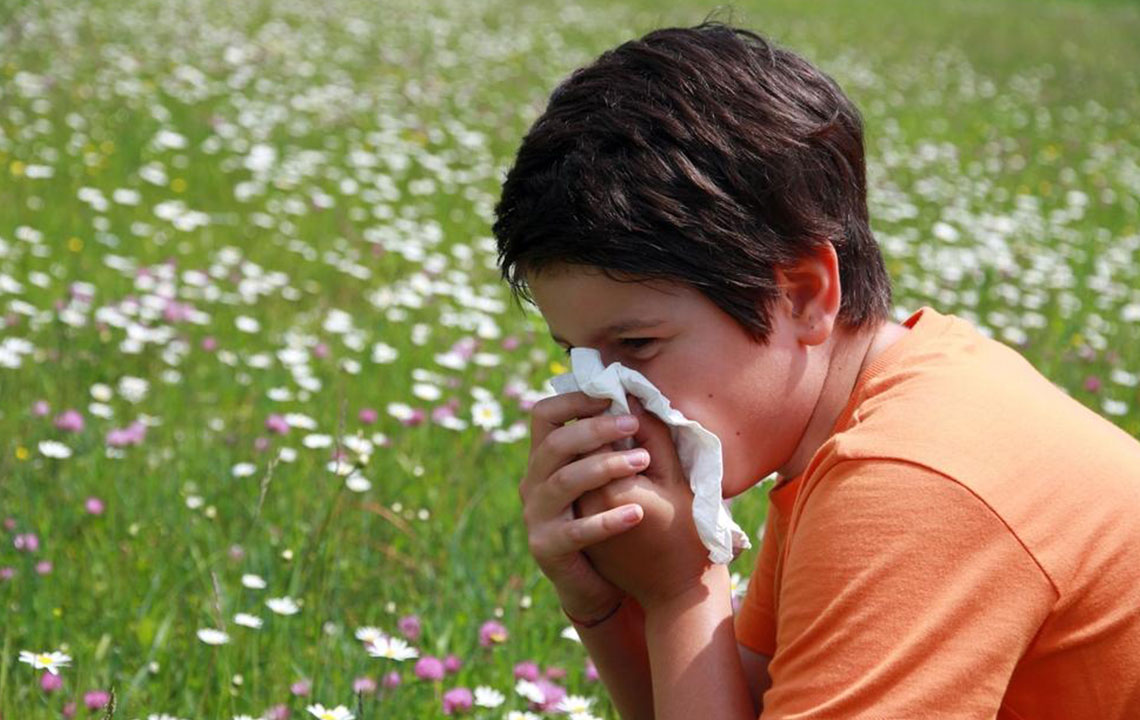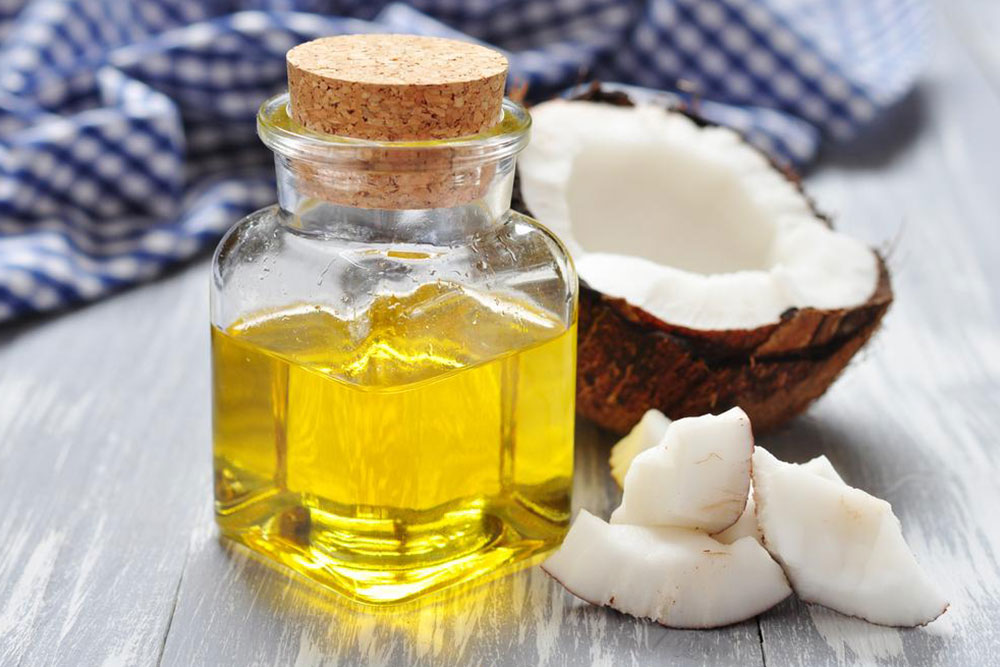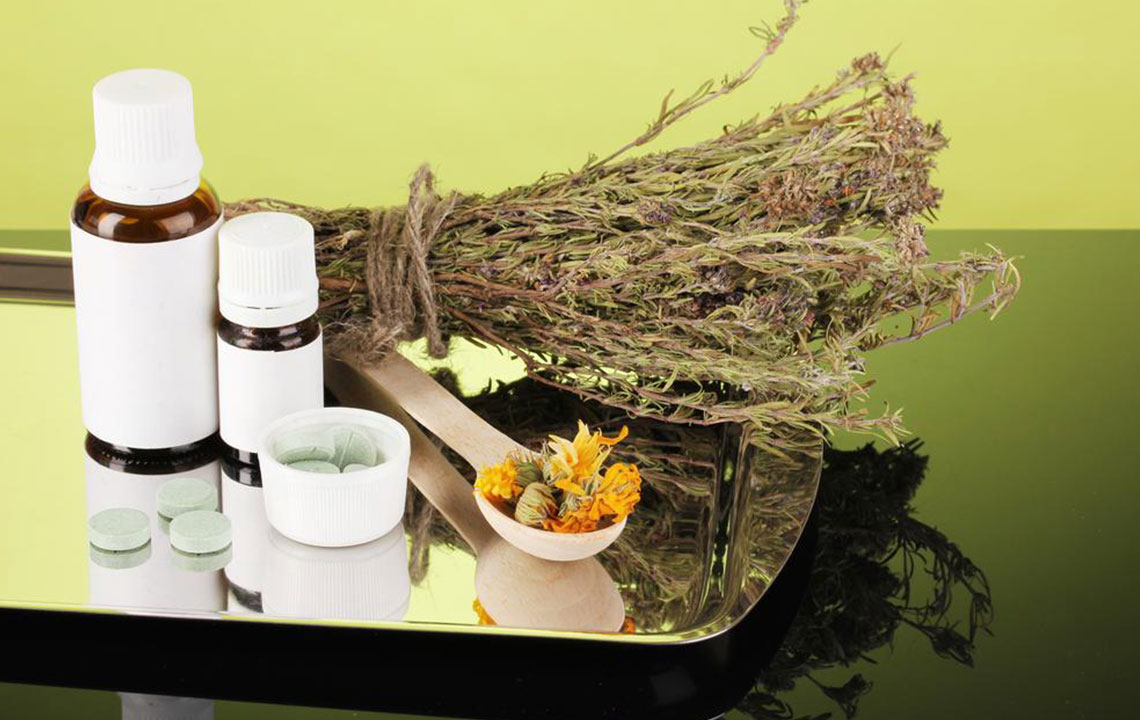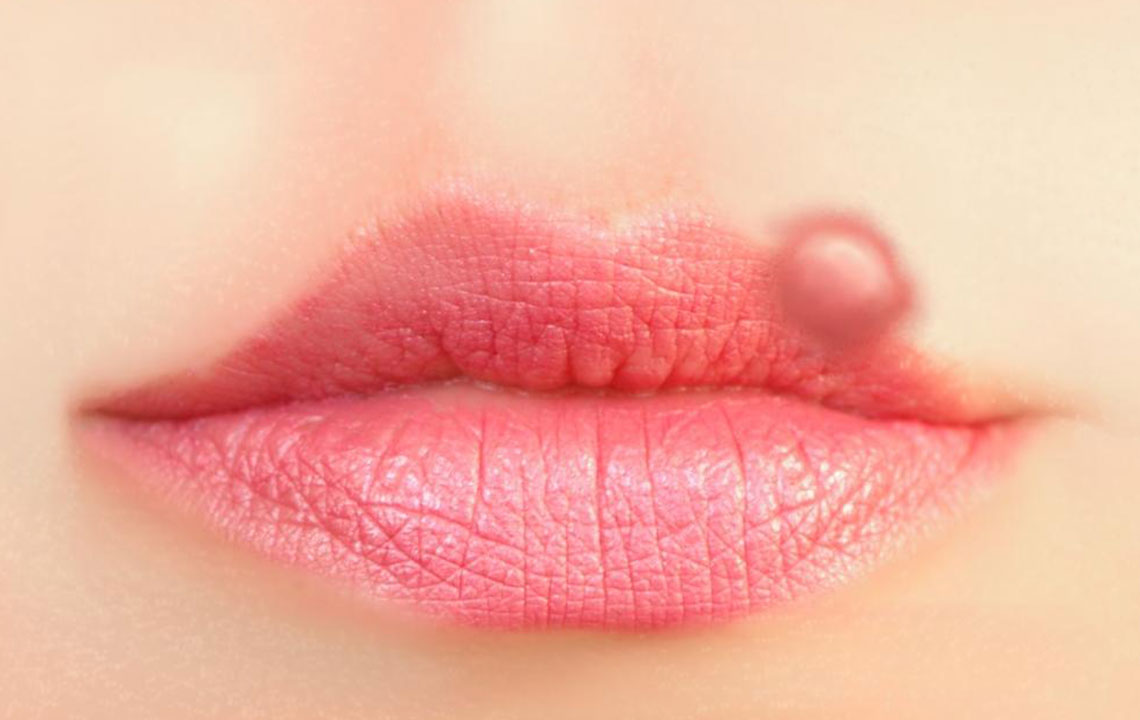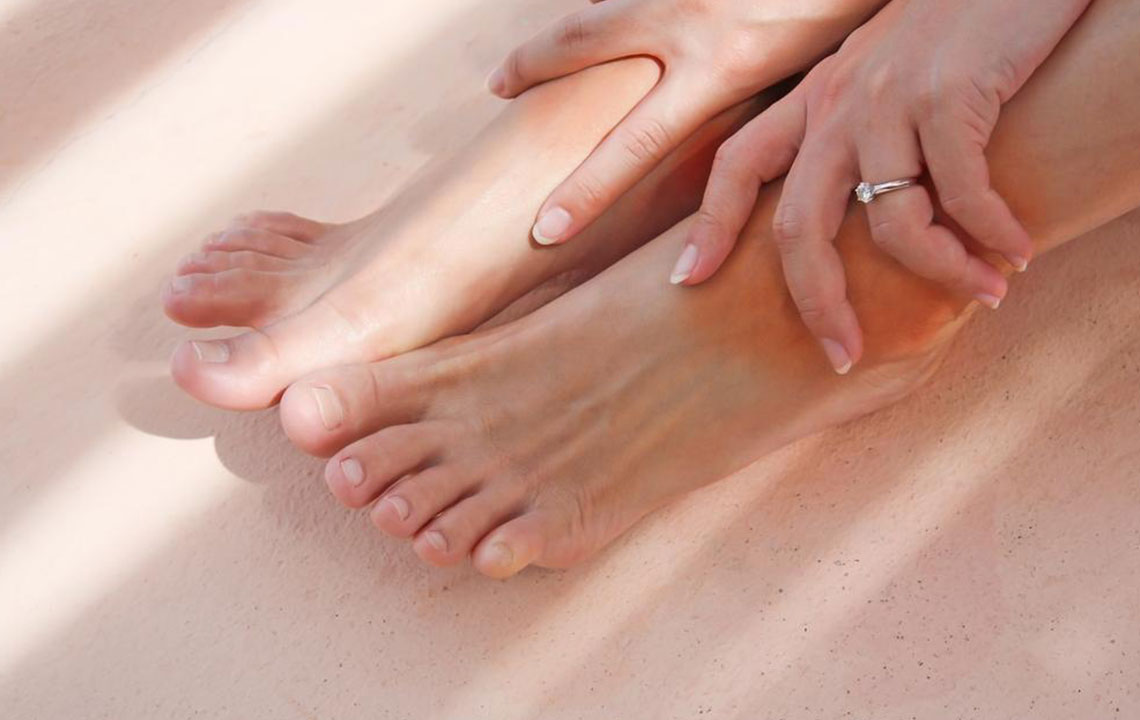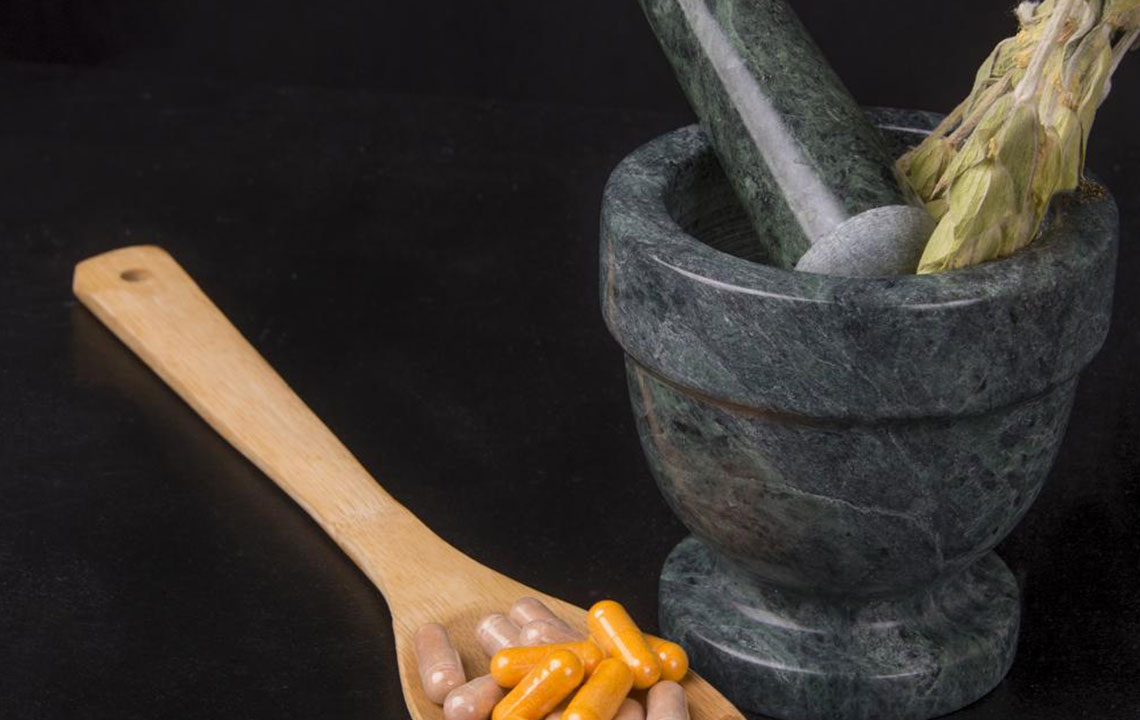Effective Strategies to Prevent and Manage Mold Allergy Symptoms
Discover effective methods to prevent and alleviate mold allergy symptoms. Learn tips for indoor moisture control, outdoor precautions, dietary adjustments, and natural remedies to manage allergies safely and effectively, especially for those with asthma or hay fever symptoms prone to mold triggers.
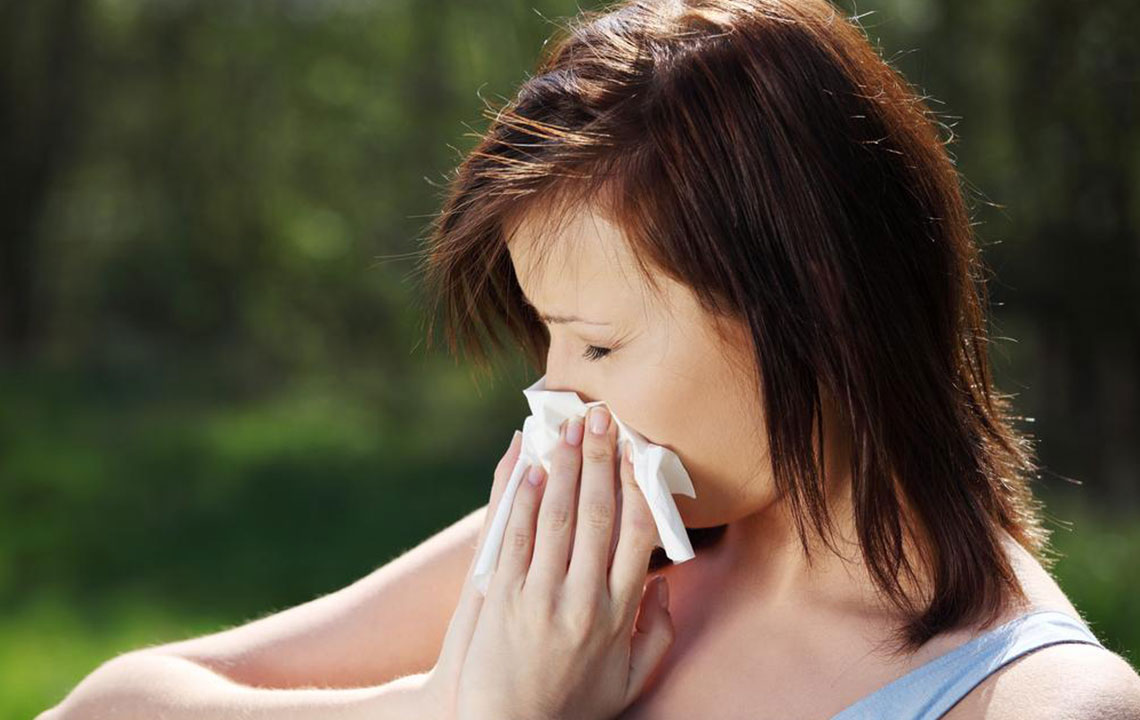
Mold and mildew are fungi that release spores into the air, especially during dry, windy weather or in humid conditions like fog and dew. An allergy to mold involves an immune system overreaction to these spores, causing itchy eyes, coughing, and in some cases, exacerbating asthma. Asthmatic individuals may experience breathing difficulties when exposed to mold spores inhaled through the nasal passages. Symptoms similar to hay fever, such as sneezing, nasal congestion, skin irritation, and dry cough, are common among those allergic to mold.
To minimize mold allergy symptoms, try the following measures:
Limit your exposure to mold spores both indoors and outdoors. Be cautious in environments like greenhouses, farms, flower shops, construction sites, and antique stores, where spores are prevalent. Wear a dust mask and carry medication if you need to visit these places. After outdoor exposure, shower and wash your hair to remove spores from your skin.
Control indoor humidity below 50% using dehumidifiers. Proper ventilation and exhaust fans in bathrooms and kitchens help reduce moisture buildup that fosters mold growth. Regular cleaning of bathroom surfaces helps prevent mold development.
Store items like papers, bedding, and clothes in airtight containers to avoid mold growth. Clean mold from hard surfaces such as glass, plastic, or tiles using bleach, soap, and water, then identify and eliminate the source of the mold problem. Check for leaks in basements, bathrooms, and laundry areas, as moisture from leaks promotes mold growth.
Natural remedies can also help manage mold allergy symptoms:
Reduce intake of fermented foods like wine, vinegar, and certain fungi, which contain histamines that may worsen allergy symptoms. Limit foods like mushrooms, yeast, and other fungi, especially if you notice adverse reactions.
Consume garlic, which contains ajoene, an antifungal compound. Other herbs with antifungal properties include oregano and tea tree oil. Foods high in vitamin C—such as citrus fruits, strawberries, and grapes—help reduce inflammation. Regularly include these in your diet.
Grape skin contains resveratrol, an antioxidant that can alleviate wheezing caused by mold allergies. Nuts like almonds, hazelnuts, and peanuts provide vitamin E, which supports immune health. Incorporate cold-water fish rich in Omega-3 fatty acids, including mackerel and sardines, into your meals twice weekly.
Starting your day with tea mixed with lemon and honey can stimulate nasal cilia to clear pollen and dust. Consult your healthcare provider before taking supplements, as some may have side effects.

